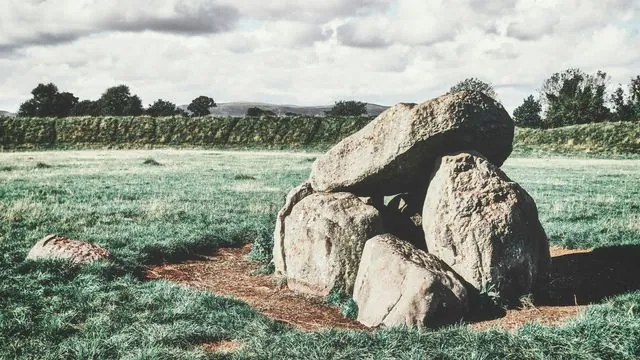
Shocking New Evidence Unveils How Denisovan DNA Influenced Human Evolution!
2024-11-11
Author: Benjamin
Shocking New Evidence Unveils How Denisovan DNA Influenced Human Evolution!
Recent scientific discoveries have unveiled thrilling insights into how the enigmatic Denisovans—an ancient hominin group—interbred with modern humans, profoundly impacting human evolution. This groundbreaking research suggests that our ancestors inherited genes from Denisovans through multiple interbreeding events, shaping our genetic makeup and history.
The journey began in 2010 when scientists celebrated the publication of the first draft of the Neanderthal genome. This paved the way for revealing a startling fact: early humans had mated with Neanderthals. But that was just the tip of the iceberg. Shortly thereafter, a remarkable analysis of DNA extracted from a finger bone found in Denisova cave, nestled in Siberia’s Altai mountains, declared the emergence of the Denisovans—another ancient lineage that mingled with early modern humans.
Dr. Linda Ongaro, a Postdoctoral Researcher at Trinity College Dublin, exclaimed, “This is one of the most exciting discoveries in human evolution over the last decade!” In her recent review published in the prestigious journal Nature Genetics, she challenges the long-held belief that humanity evolved in a linear fashion from a single ancestor. Instead, Dr. Ongaro emphasizes the crucial role of interbreeding with various hominin groups, which has contributed to who we are today.
Unlike the Neanderthals, who left behind a more robust fossil record, the Denisovans have provided only sparse evidence—primarily a finger bone, a jawbone, and some teeth. However, by analyzing the genetic remnants of Denisovans found in present-day humans, scientists have identified at least three distinct instances of gene transfer from different Denisovan populations into modern human DNA. Each event highlights a complex relationship among these ancient lineages, revealing a web of connections that intertwines our genetic heritage.
Notably, Dr. Ongaro and her colleague, Prof. Emilia Huerta-Sanchez, argue that these Denisovan populations likely inhabited diverse environments, ranging from Siberia to Southeast Asia, Oceania, and even South America. Their adaptability led to genetic traits that equipped modern humans with specific advantages in their respective habitats.
Among these Denisovan-derived genes, researchers have identified several that grant modern humans heightened survival capabilities. For instance, a genetic locus associated with hypoxia tolerance allows Tibetan populations to thrive in low-oxygen environments. Additionally, genes enhancing immune response and those that optimize lipid metabolism to produce warmth are seen among Inuit populations in Arctic regions.
As research marches forward, Dr. Ongaro expresses optimism for uncovering more about the Denisovan influence on contemporary humans. “Future studies focusing on less-explored populations may reveal additional hidden traces of Denisovan ancestry,” she notes. The potential merger of genetic data with archaeological findings promises to illuminate even more facets of our ancestry, especially if more Denisovan fossils are unearthed.
With the dawn of this exciting research era, the legacy of the Denisovans continues to unfold, proving that our evolutionary story is far more intricate than we ever imagined. Stay tuned for more groundbreaking revelations that could reshape our understanding of human history!









 Brasil (PT)
Brasil (PT)
 Canada (EN)
Canada (EN)
 Chile (ES)
Chile (ES)
 España (ES)
España (ES)
 France (FR)
France (FR)
 Hong Kong (EN)
Hong Kong (EN)
 Italia (IT)
Italia (IT)
 日本 (JA)
日本 (JA)
 Magyarország (HU)
Magyarország (HU)
 Norge (NO)
Norge (NO)
 Polska (PL)
Polska (PL)
 Schweiz (DE)
Schweiz (DE)
 Singapore (EN)
Singapore (EN)
 Sverige (SV)
Sverige (SV)
 Suomi (FI)
Suomi (FI)
 Türkiye (TR)
Türkiye (TR)